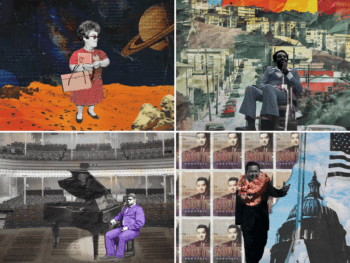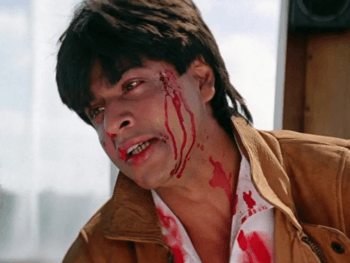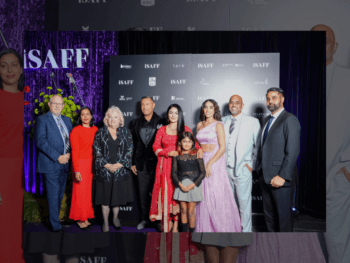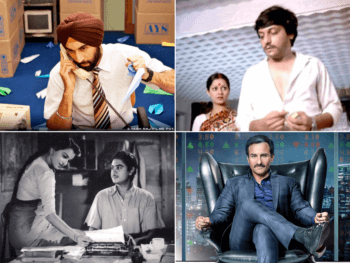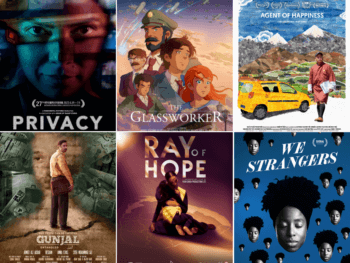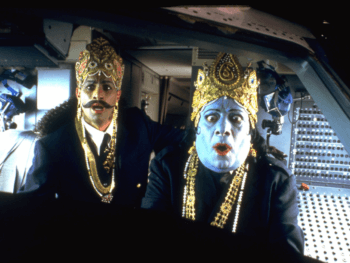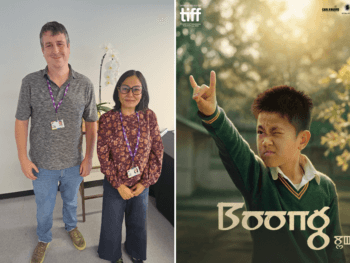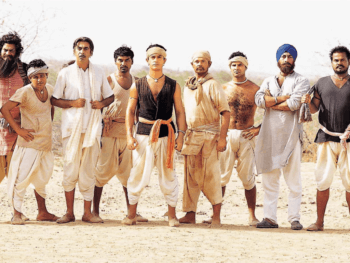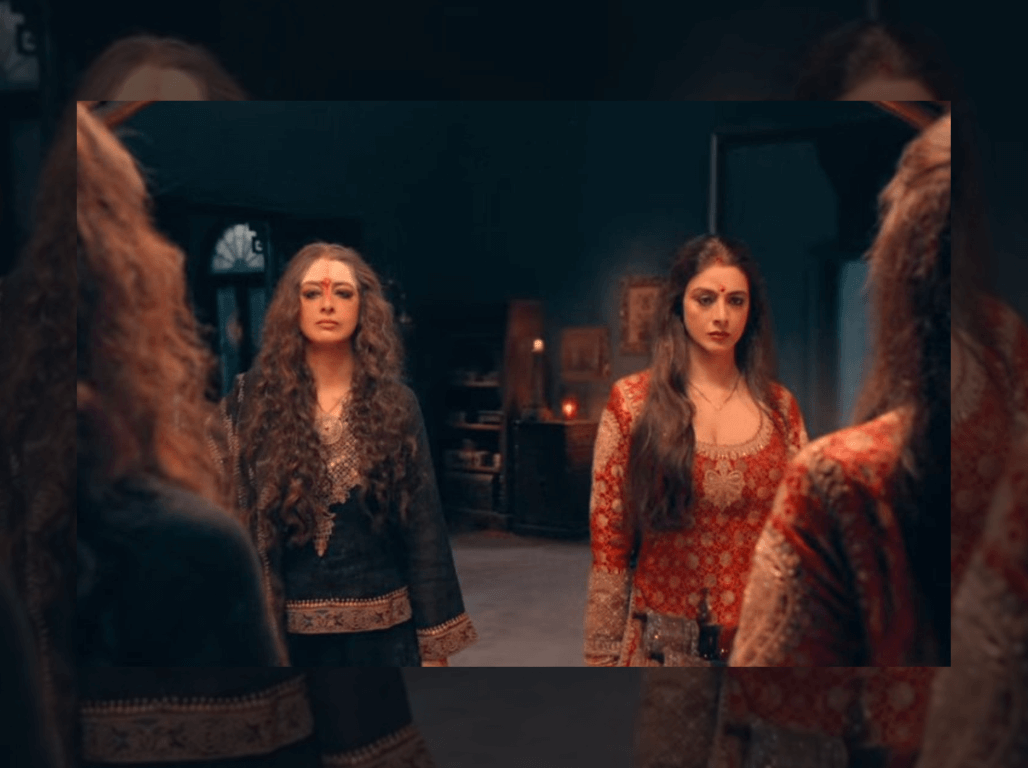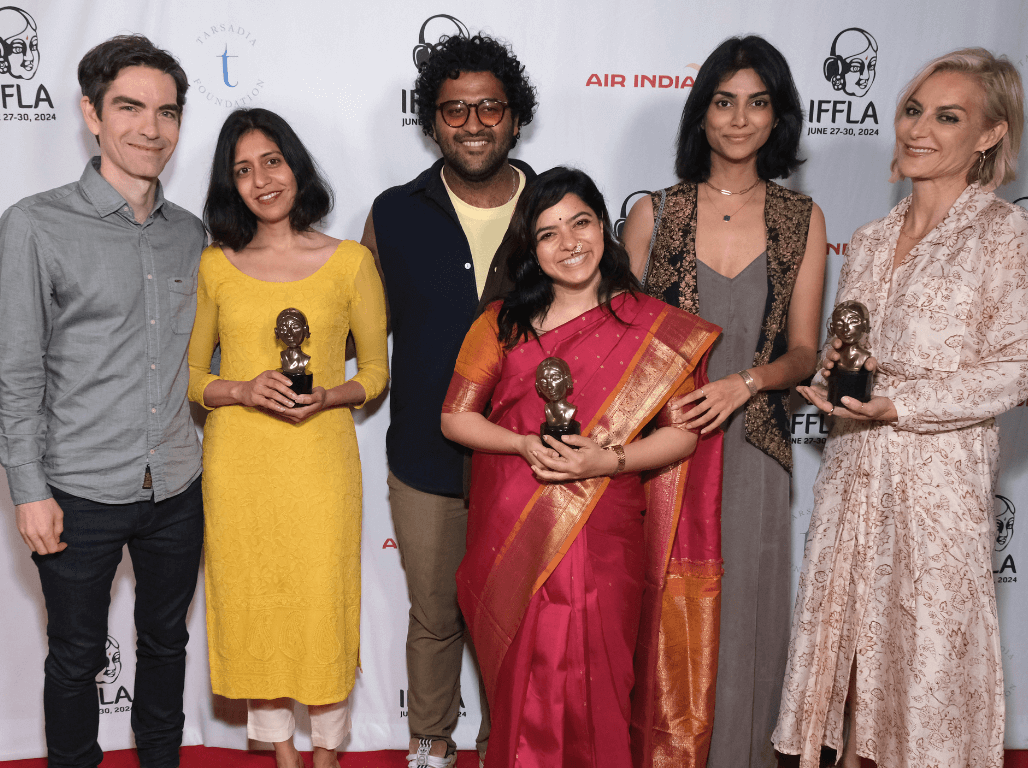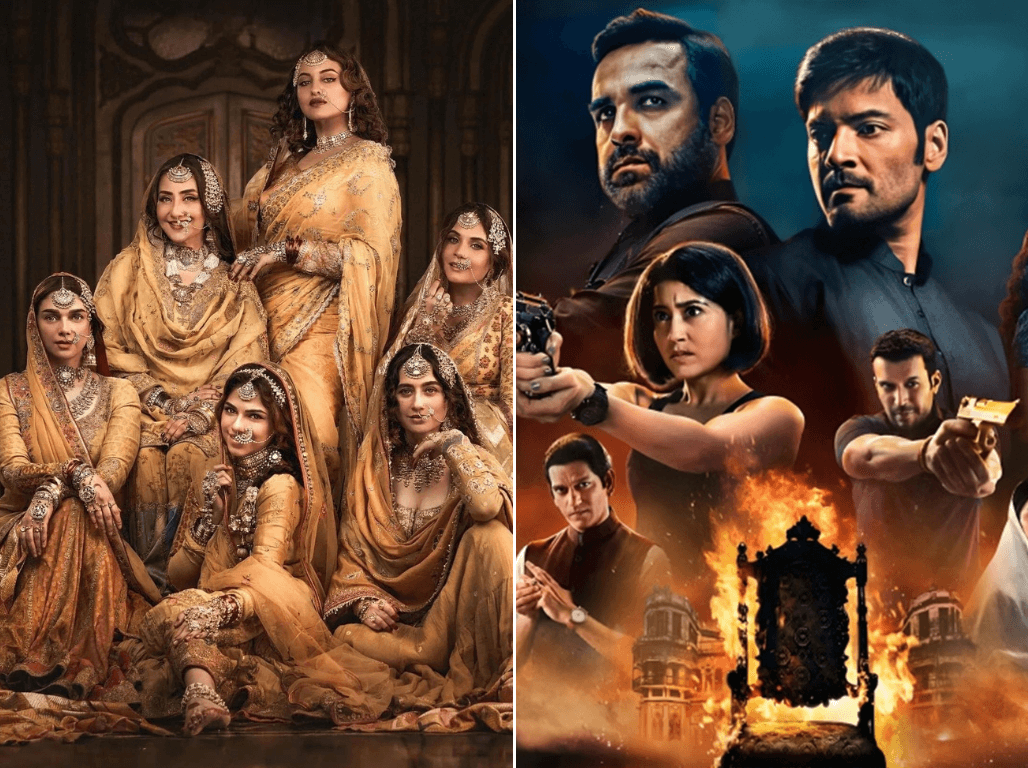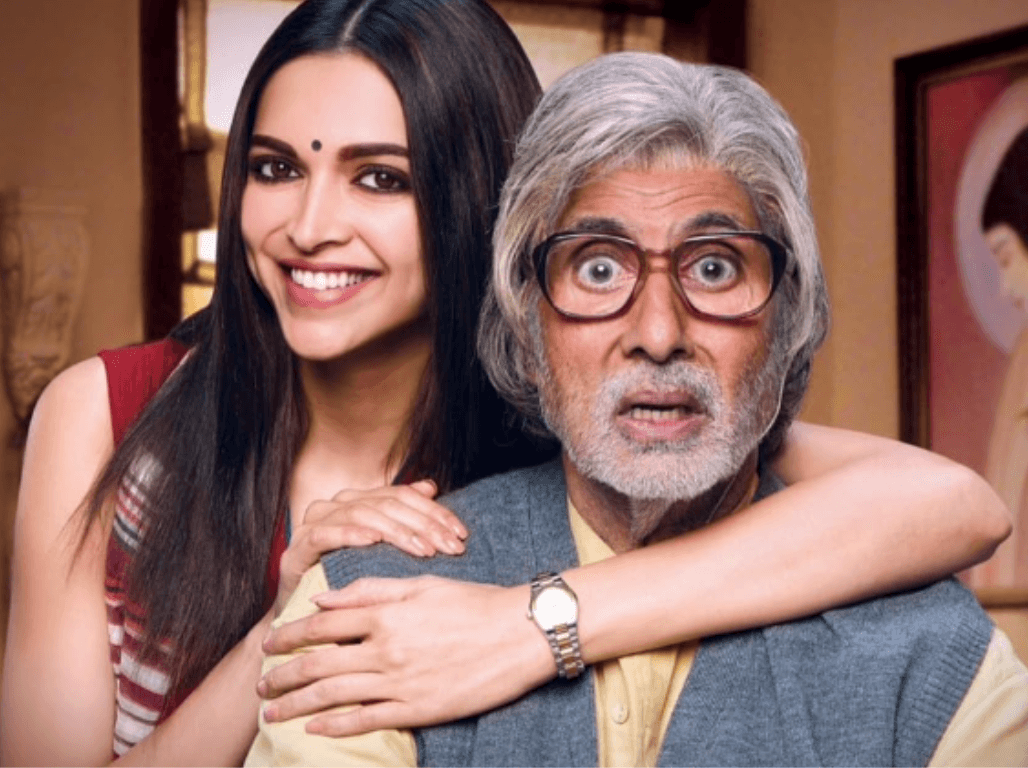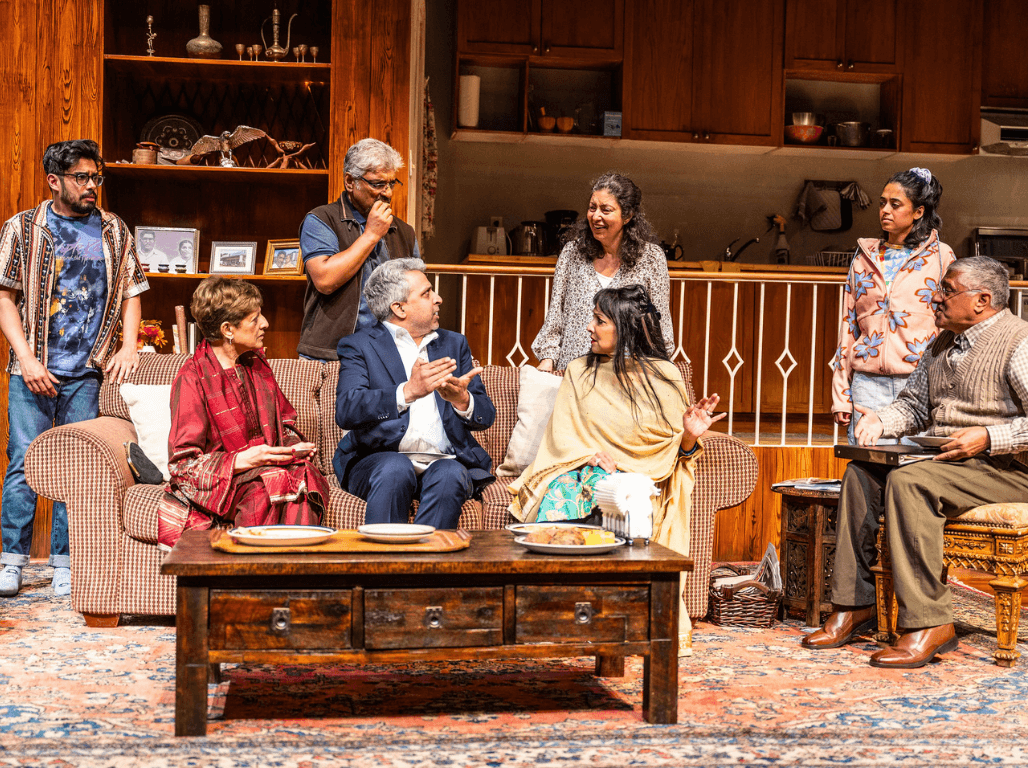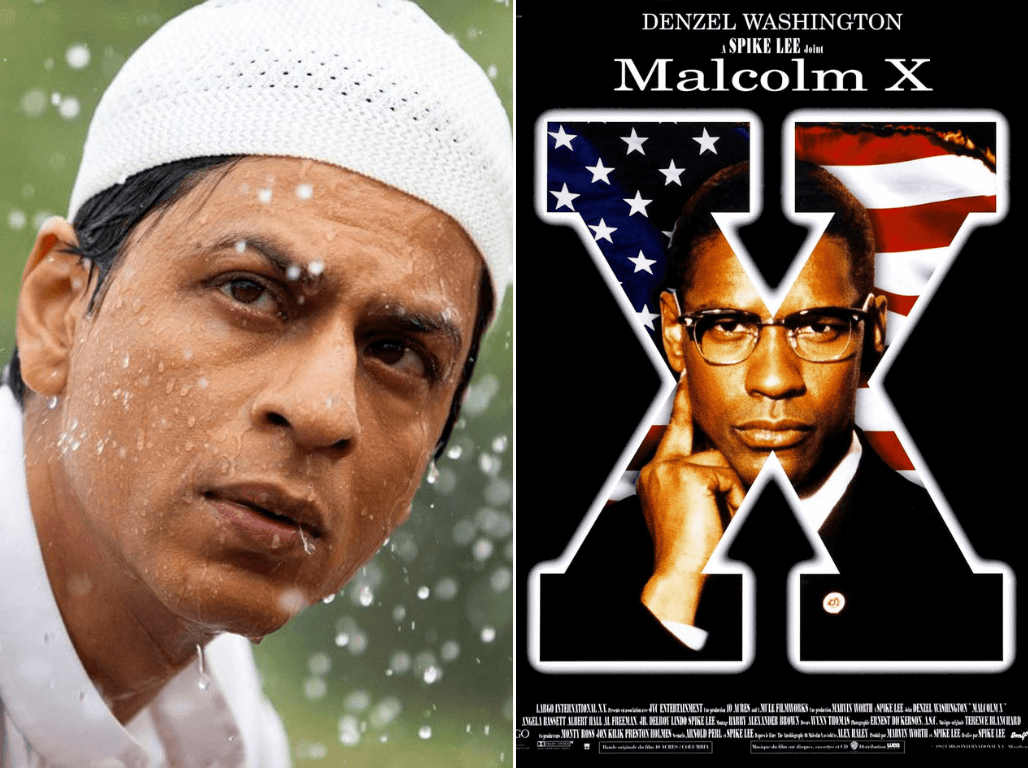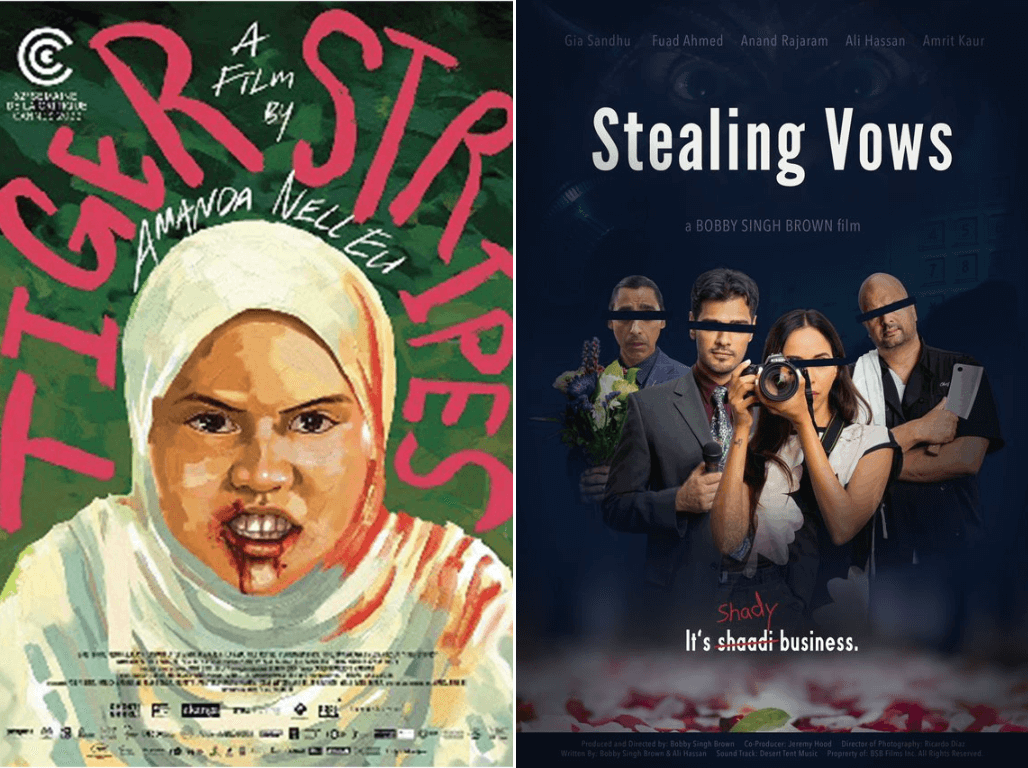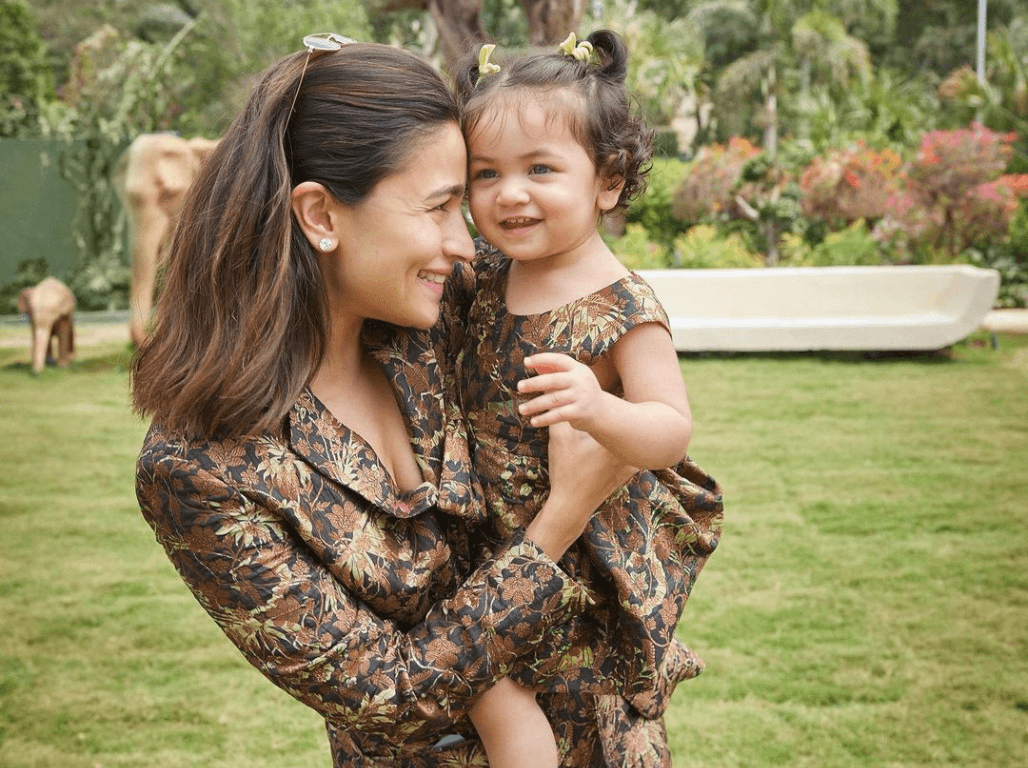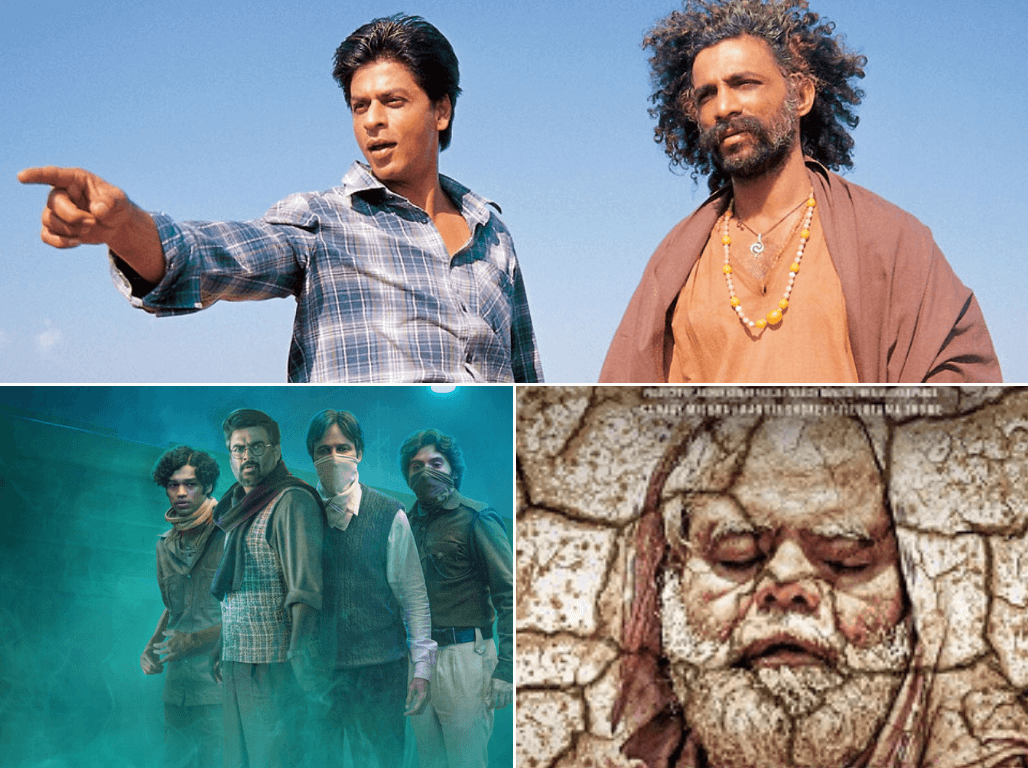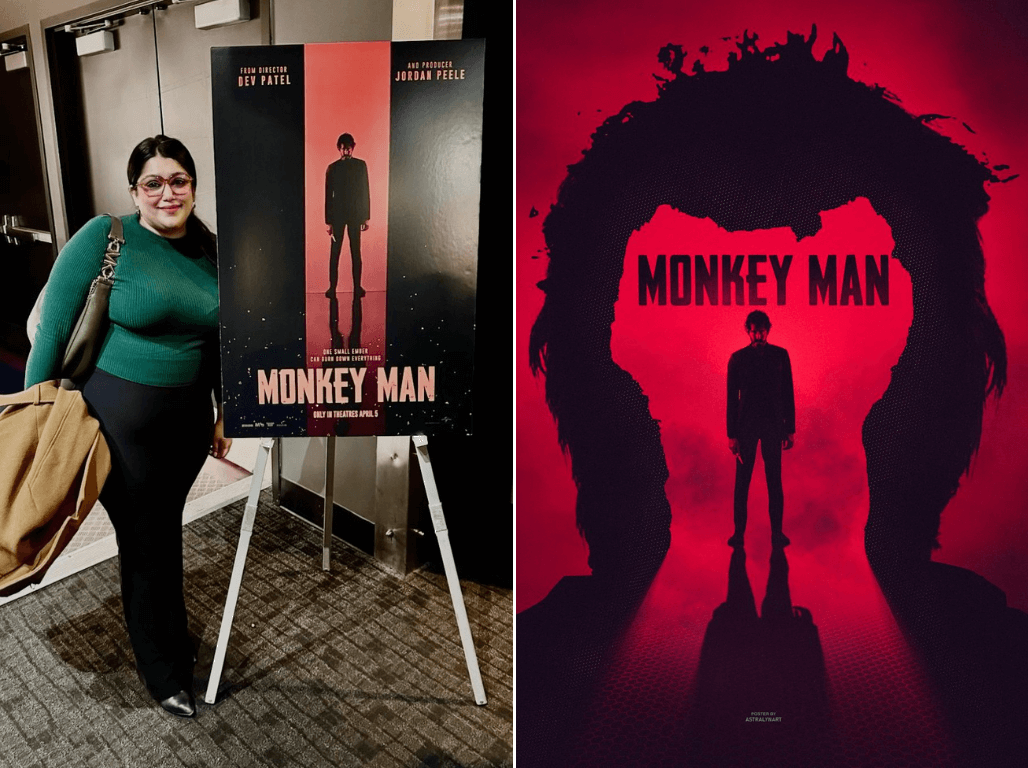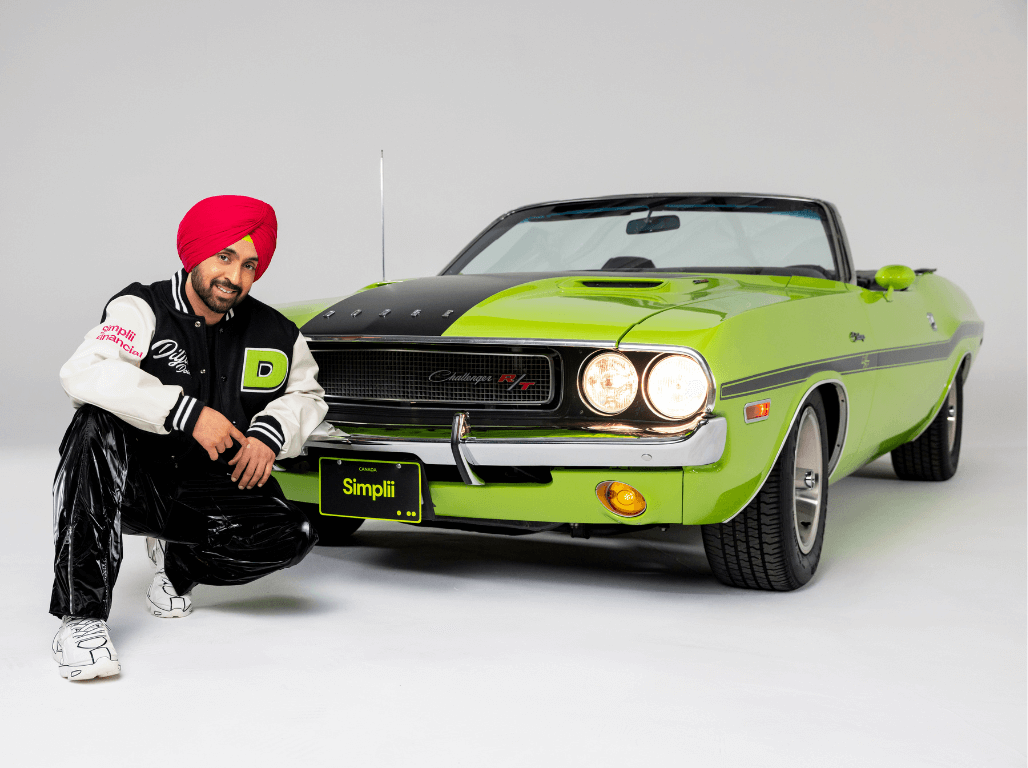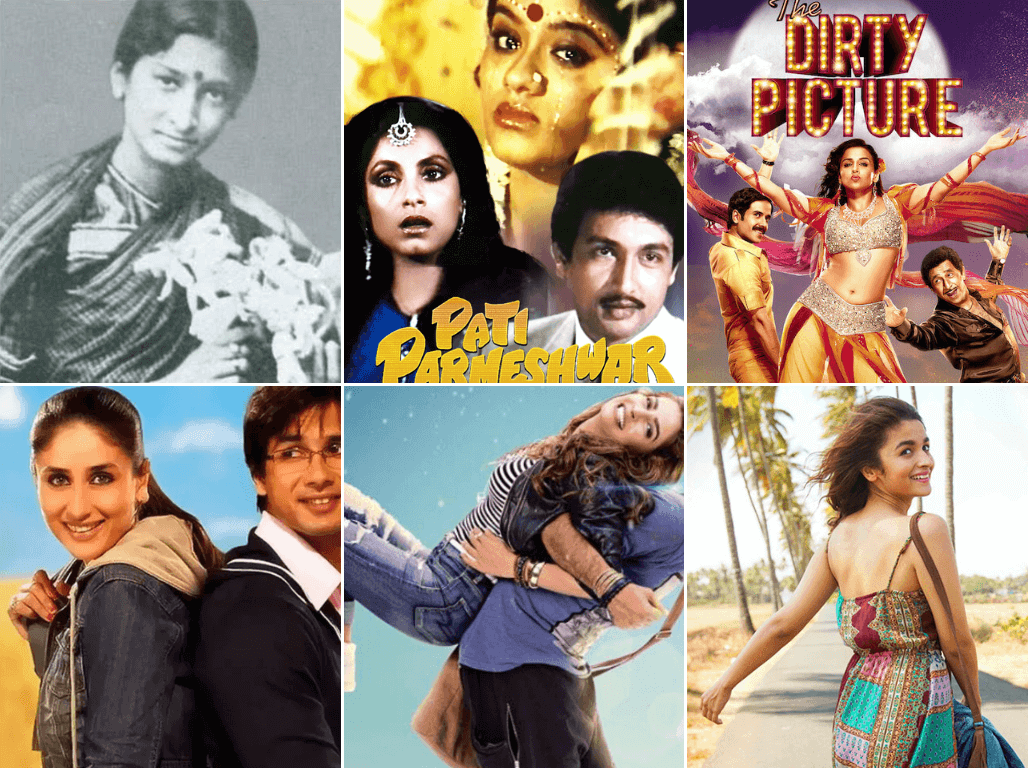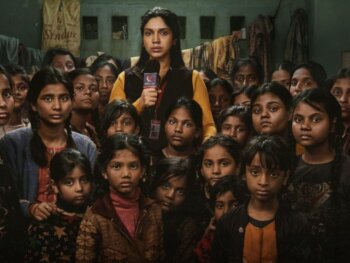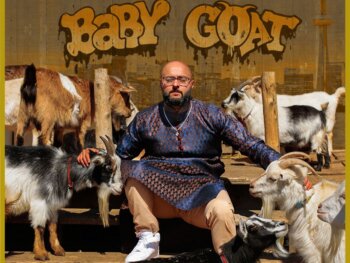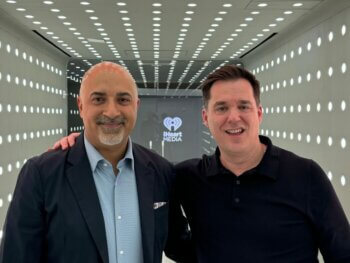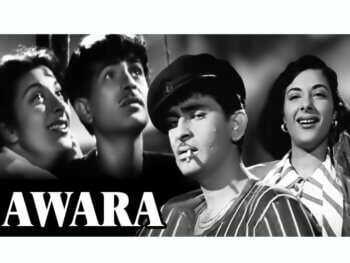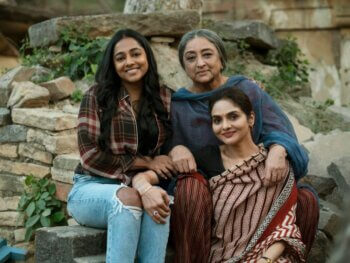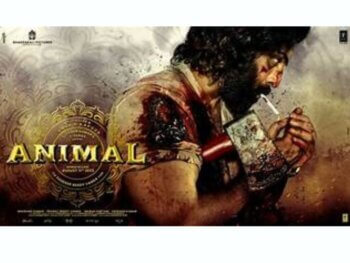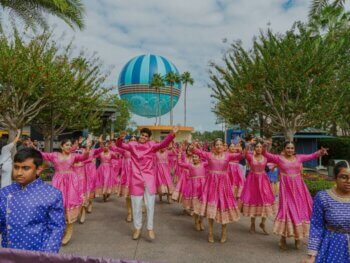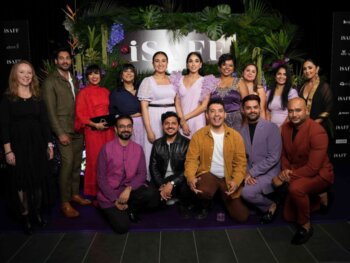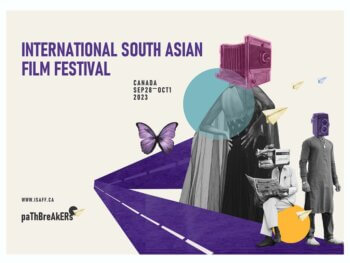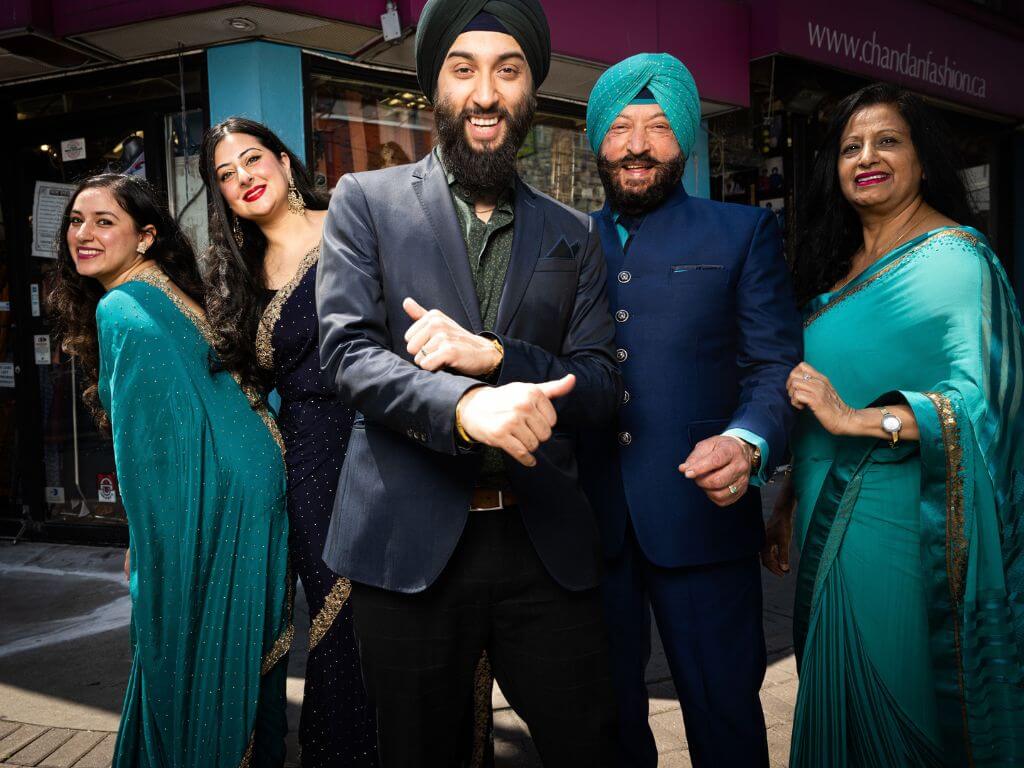
CBC’s “Bollywed” Spotlights Chandan Fashion’s Iconic Family Bridal Business
Entertainment Feb 09, 2023
Airing the final two episodes of season one tonight, this CBC reality romp follows the Singh family, who’ve spent the past 37 years running bridal shop Chandan Fashion, a fixture of Toronto’s Little India. In the feature ahead, ambitious young couple/business partners Chandan and Roop — son and daughter-in-law of store founders Kuki and Sarab Singh — take Anokhi Life inside their quirky, chaotic, heartwarming world.
Matthew Currie: Just what does it mean for you to finally see this show on the air?
Chandan: It feels very much like my vision of where I wanted to see the business go and grow is coming to fruition. So that’s super-cool. When we got approached by Carolyn Meland and Gurjeet Mann of HeartHat Entertainment with their idea for the show, sort of like a Say Yes to the Dress but the South Asian version, mixed with the family and dad and his personality, it was never a question of if, it was just when. It’s crazy to see it all come to life.
Roop: I will add one more thing — it has been extremely beautiful seeing mom and dad’s reaction to everything that’s going on. And for them to see their 40 years of hard work culminating in what’s happening around us right now, that’s pretty awesome to watch.
MC: When you were pitching this show and developing it, was Kuki a key selling point?
Roop: That would’ve sold the show on its own [laughs].
Chandan: Yeah, it would’ve. I’ve been seeing this my whole life. For a lot of people who are watching the show, they’re like, “Oh my God, there’s this Punjabi man who wears a turban and his turban matches his clothes and his clothes match his shoes . . .” Growing up, I would have people at the store popping in and being like, “Hey, I’m passing through Gerrard [Street], and I don’t need anything, but I just wanted to see what your dad was wearing today.” So I was always cognizant of that — that this man is unique in the way he dresses. People would ask him, “Where do you get your clothes from? Can I get something like that?” And he’s like, “No. I have just this one, and it’s made for me. It’s not for sale.” He had this mentality . . . like he says in the show, “I am social media.” And it’s true. Before the days of Instagram and Facebook, he was social media. He was a social person, and he would use himself as a form of media to connect with customers.
Roop: He was his own billboard.
Chandan: He was a living, breathing billboard.
Roop: Still is . . . Speaking of dad’s cinematic presence, the best thing about it is, it’s effortless. It’s so inherent to him, it’s so organic. Which makes him, I think, a pleasure to watch, and every director’s dream [laughs]. He doesn’t need to be told, “Act it up for us a little bit.” He’s a whole movie in his own. And it’s not just when the cameras turn on. That is dad — day-in and day-out. People sometimes ask, “Has he dressed up for the show.” No. That is dad on any given Tuesday, Wednesday, Thursday. He shows up, he dresses up. That’s his identity. And we get looks when we don’t show up [dressed] as we should.
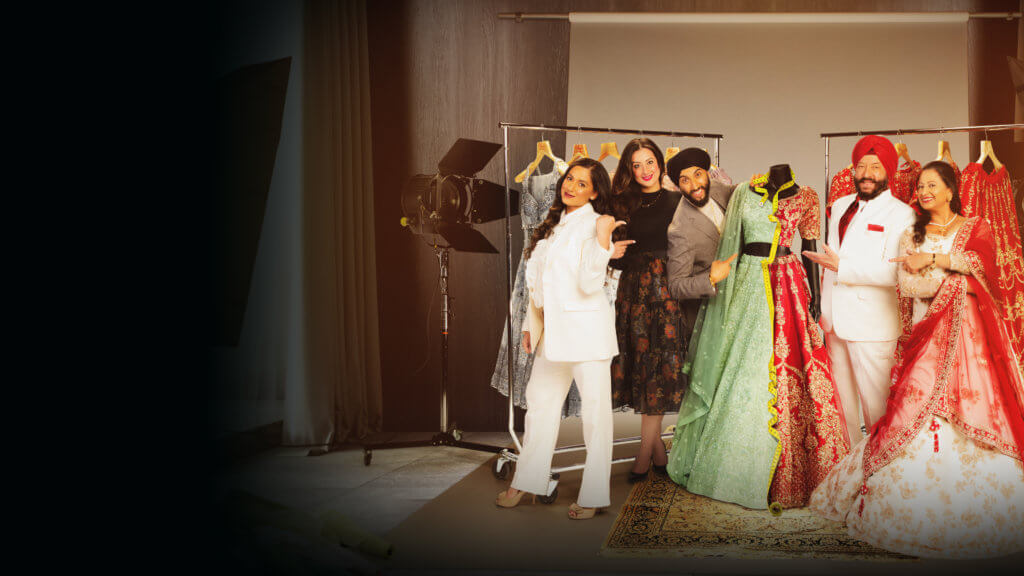
Chandan: He’ll judge us [laughs].
Roop: If you’re having a day where you feel like just putting on a sweatshirt, it’s like, “No.” We feel him.
MC: How much of an adjustment was it to have a camera in your life, day-to-day?
Chandan: One of the things I wanted to do with the business before opening a second location was become a global brand. One of my business coaches gave me the wonderful insight of, “Before you work on a second location . . . you’ll have two, great. But what if you become a global brand? You’ll have people contacting you from all over the world.” So with that, I went really heavy and doubled down on social media. I got used to being in front of the camera every day, talking to my customers as if they’re a friend sitting across from me. And then from there I amped it up even further, since the pandemic, just with the amount of work. With the social media strategy, we started getting new customers from New Jersey, Dallas, California, U.K., Singapore, Australia . . . Once that started happening, I needed to delegate, so I hired a full-time social media associate and her job was basically just to follow me with a camera with the customers and create as much short-form content as possible. So the camera kind of became second-nature to me. However, for Roop, it’s the complete opposite . . .
Roop: Yeah, that’s accurate. I’m one of those people that’s happier being behind the scenes. I love that end of the business — strategizing and building up SOPs [standard operating procedures] and putting systems in place. That’s where I thrive. The cameras and the limelight? Definitely not my comfort zone. But, end of the day, it’s a family business, and we are a family. It’s an all for one, one for all mentality. So once we all decided this is what we’re doing, we were all in.
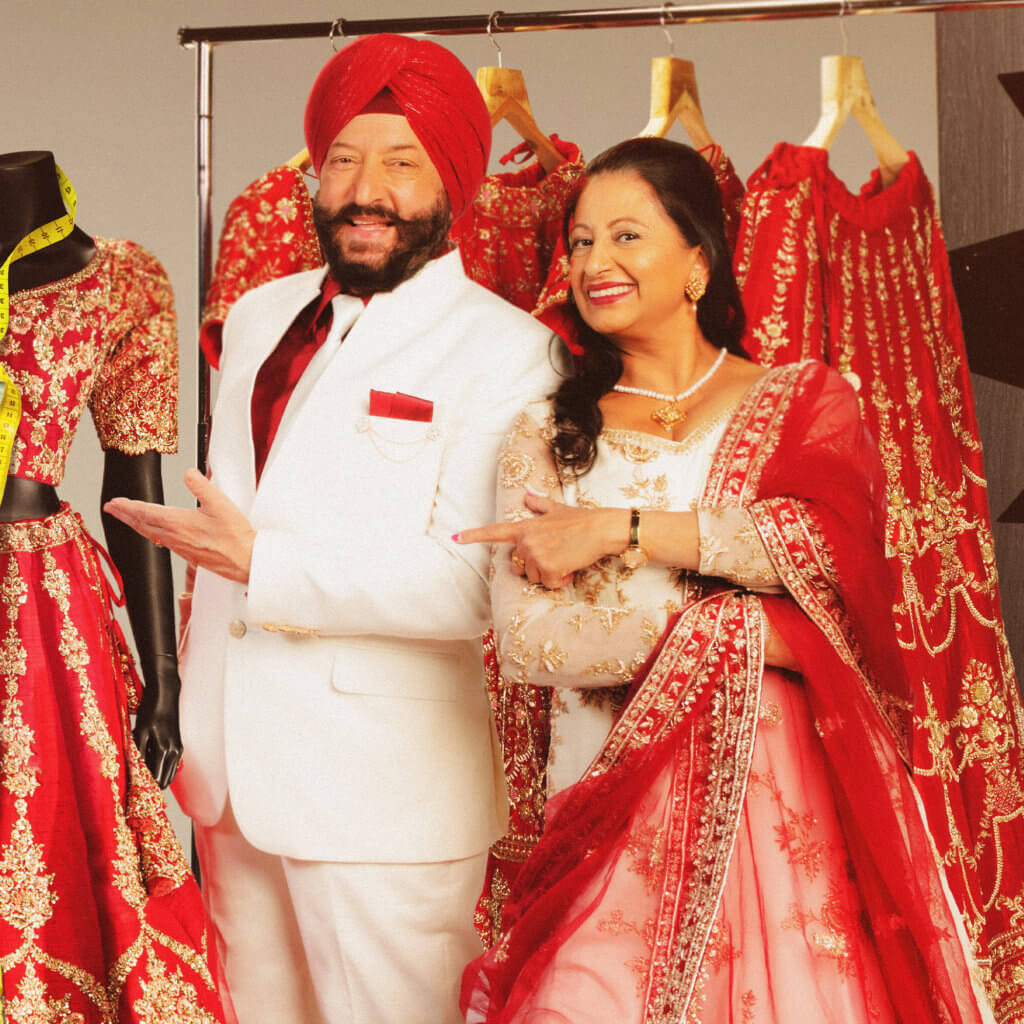
MC: Has it ever gotten to a point where you’re just used to the cameras?
Roop: No. I’m very much aware of them being there. I guess for some people it’s harder to share that part of themselves on-camera for the whole world, and for others it just comes organically. Dad, for sure, has forgotten they’re there altogether.
Chandan: I wish he wouldn’t sometimes [laughs].
Roop: Yeah, there are days. I think that’s the beautiful thing about dad, though. He’s so in love and passionate about what he does with his business that for him that’s always at the forefront. It doesn’t matter that there’s a camera in his face or that he’s mic’d up and everything. He just wants to run the business . . . His passion and his hard work — that is why we are here today, 40 years later.
Chandan: But I wish he would remember the cameras are there a little bit more. I’ll be like, “Dad, dad, not now, there are cameras everywhere. Please take it down a notch!” He gets so passionate and so animated. Some people think he’s yelling and shouting in an angry way, but really that’s just his voice. He’s got a very loud, bellowing voice. If he says something, you’ll hear it from the third floor of the store.
MC: What is the greatest advantage to working with family and what is the biggest downside?
Chandan: The greatest advantage of working with family is that you’re so blessed . . . I feel like we take it for granted being able to spend quality time with our family consistently. For example, right now, this interview — I get to do it with my best friend. Spending time with your family on a day-to-day basis and to make that a part of your career, it’s a blessing that we don’t even appreciate right now. We might appreciate it a lot more down the road.
Roop: The flip-side of that coin, the downside is: sometimes we’re not able to clearly define the boundaries. You know, “This is family time, and we should really just focus on each other.” “This is work time.” This is filming time.” Sometimes it feels like it all just overlaps. Even when we’re just sitting down to family dinner, sometimes 80 per cent of that conversation that takes place at the dinner table will be business-related. And that’s when Chandni [Chandan’s sister] and I usually will be the ones to be like, “Hey, family, it’s dinner time. We’ll talk about this when we’re at the store.”
Chandan: It’s tricky to set boundaries. It’s human nature. You’ll see it on the show, where me and Roop go out for lunch one day, my sister places a bet [on how long] we’re going to go without talking about work.
Roop: We made it about 10 minutes in? And eventually something work-related came up. And that’s because we are all so invested and passionate and we care so much. The reason we care so much is because our entire family is involved. You’re not just going in to work for someone else’s company, someone else’s dream. You’re going in to work for your family’s company, your family’s dreams.
MC: How did you go about managing the COVID lockdown, from both a personal and professional standpoint? Because the wedding business was obviously hit especially hard . . .
Chandan: That was really hard. Probably one of the hardest things I’ve ever done. Because all your eggs are in one basket. It’s me, Roop, mom, dad, Chandni — all five of us who are dependent on this one business. So when the lockdown happened, we just sat at home not knowing, like everybody else, what was going to happen. [Then] we kind of took things into our own hands.
Roop: Yeah, that’s where things really shifted for us. We decided that we wanted to take control of the narrative. As with other small businesses, we had to pivot and see how we could continue to provide a service with the new reality that was surrounding us. And although it was difficult, we found our way. We [moved] into the world of virtual selling. We would continue to have bridal appointments booked, but rather than our clients coming into the store, they were booking with us virtually. I think the biggest challenge with that is, if you see our clothing, it’s very rich, it’s very ornate. And a lot of brides, because it’s such a big decision in their lives, they want to see that clothing in-person. To show it virtually and to actually close the deal on a two-dimensional screen — that was an incredible challenge, but I think one that we succeeded at quite well.
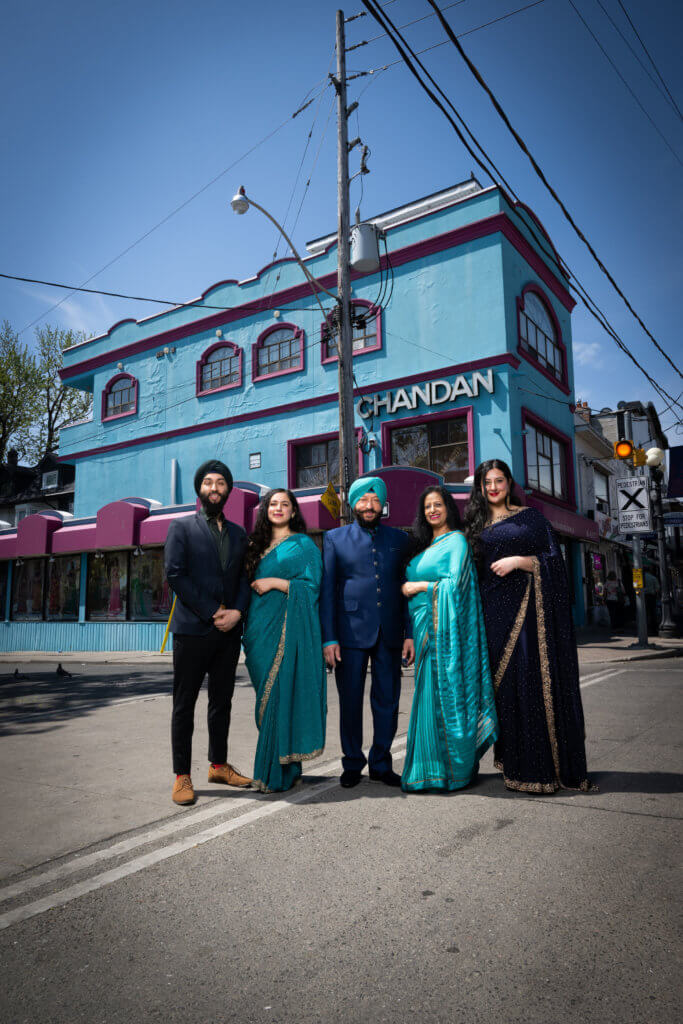
Chandan: It was like training a muscle we never knew we needed. Now that we’ve done that, in-person sales are a walk in the park. Because trying to sell a $5,000 bridal lehenga over a Zoom call and then to have consistent follow-ups with that customer over WhatsApp — “How are things? Is your family OK? Are you still going ahead with this wedding in your backyard with 10 people?” — it was an extremely humbling opportunity [that] really pushed the stress limit on the family as a whole.
Roop: It was us hopping on a Zoom call, showing a bride 30-40 different bridal dresses. Each dress weighs about 20-30 pounds. The bride would shortlist maybe six outfits and then she would actually come curbside [to the store] where we would show her those shortlisted bridal lehengas, and she would get to see it across our doorframe. Sometimes we’d put up heaters, because it was the winter. And that’s how she would decide on her wedding outfit. It blew our minds then, and it still blows my mind looking back to it.
I think also we need to be grateful and appreciative that, [while] the wedding industry definitely took a hit, in that wedding sector we’re one of the lucky ones, because while brides had to cut down their guest list to 10 people — so venues and catering companies weren’t in demand as much — one thing that the bride needed no matter how big or small the wedding was a wedding dress.
MC: What are some general misconceptions that people outside of South Asian culture have about Indian weddings?
Roop: I think a lot of the biases are very correct, actually [laughs]. People think that South Asian weddings are very lavish and over-the-top . . .
Chandan: And they are!
Roop: . . . that you need, like, 10 outfits. And you do!
Chandan: I think that what the show will really do is put those ideologies into a screen that people can peek into. Because for us in the wedding industry it’s become normalized to see these really lavish weddings. But I know there’s a massive audience out there where they only hear about it. “Oh, my co-worker got married and she’s Indian and it was seven days. I wonder what that would’ve been like to see. “ Now we actually get to show people. And I think it’s going to blow people’s minds.
Main Image Photo Credit: CBC
Matthew Currie
Author
A long-standing entertainment journalist, Currie is a graduate of the Professional Writing program at Toronto’s York University. He has spent the past number of years working as a freelancer for ANOKHI and for diverse publications such as Sharp, TV Week, CAA’s Westworld and BC Business. Currie ...






























































